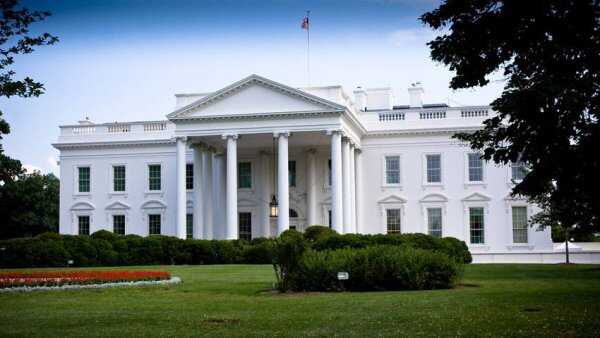
In the context of globalization, it is crucial for HR managers to understand public holidays and various benefit leaves in the United States. This article will detail the main holidays, sick leave, maternity leave, annual leave, and other benefit leaves in the US, aiding HR in more comprehensively planning and managing employee holidays.
I. Traditional Public Holidays
1.New Year’s Day (January 1st): Symbolizing new beginnings and hopes, employees often celebrate with family, attend New Year parties, and watch fireworks. Companies can use this opportunity to encourage employees to set new personal and professional goals.
2.Martin Luther King Jr. Day (Third Monday of January): This day commemorates civil rights leader Martin Luther King Jr. Employees can reflect on the values of equality and justice, engage in community service and educational activities. Companies can organize related discussions or community service projects.
3.Presidents’ Day (Third Monday of February): Mainly honoring Presidents Washington and Lincoln, it’s an opportunity to reflect on American history and leadership. Companies can host events related to American history or conduct leadership training.
4.Independence Day (July 4th): Celebrating American independence, employees often engage in barbecues, parades, and fireworks. Companies can organize team-building activities to strengthen team spirit and patriotism.
5.Labor Day (First Monday of September): Celebrating the economic and social achievements of American workers, this long weekend is popular for outdoor activities and family gatherings. Companies can use this holiday to acknowledge the hard work and accomplishments of employees.
6.Thanksgiving (Fourth Thursday of November): A family gathering holiday, people give thanks for the year’s harvest. Employees usually participate in family dinners, enjoying traditional turkey meals. Companies can hold Thanksgiving events to express gratitude to employees.
7.Christmas (December 25th): Widely celebrated beyond its religious significance, employees celebrate with family, exchange gifts, and decorate Christmas trees. Companies can organize Christmas parties or community charity events to enhance team cohesion.
8.Other Important Holidays: In addition to the main holidays, the US observes other important holidays such as Veterans Day, Columbus Day, Mother’s Day, and Father’s Day. While not federal public holidays, they are widely observed and celebrated in some companies and states.
II. Sick Leave
In the US, sick leave policies vary by company. Some states require paid sick leave, while there is no federal mandate. Sick leave is typically used when an employee is unable to work due to illness. Companies can set the duration and pay of sick leave based on their policies and state laws.
III. Maternity and Paternity Leave
Maternity and paternity leave policies in the US are more limited compared to other developed countries. The Federal Family and Medical Leave Act (FMLA) allows eligible employees up to 12 weeks of unpaid leave for the care of a newborn or adopted child. Some companies and states offer additional paid maternity leave.
IV. Annual Leave
Also known as Paid Time Off (PTO), annual leave is a common benefit for US employees. The number of days usually increases with an employee’s tenure at the company. There is no uniform annual leave policy in the US; companies set the length of annual leave according to their situation.
V. Other Benefit Leaves
Personal Leave: Some companies offer personal leave for employees to handle personal matters.
Family Leave: Apart from maternity leave, employees may get family leave for the medical needs of family members.
Educational Leave: Employees may get educational leave for further study or training.
Health and Wellness Programs: Many companies offer health promotion and wellness programs, such as gym memberships, mental health support, etc.
Understanding and appropriately planning public holidays and various benefit leaves are vital for HR managers in the US. This not only helps maintain company compliance but also enhances employee job satisfaction and loyalty.